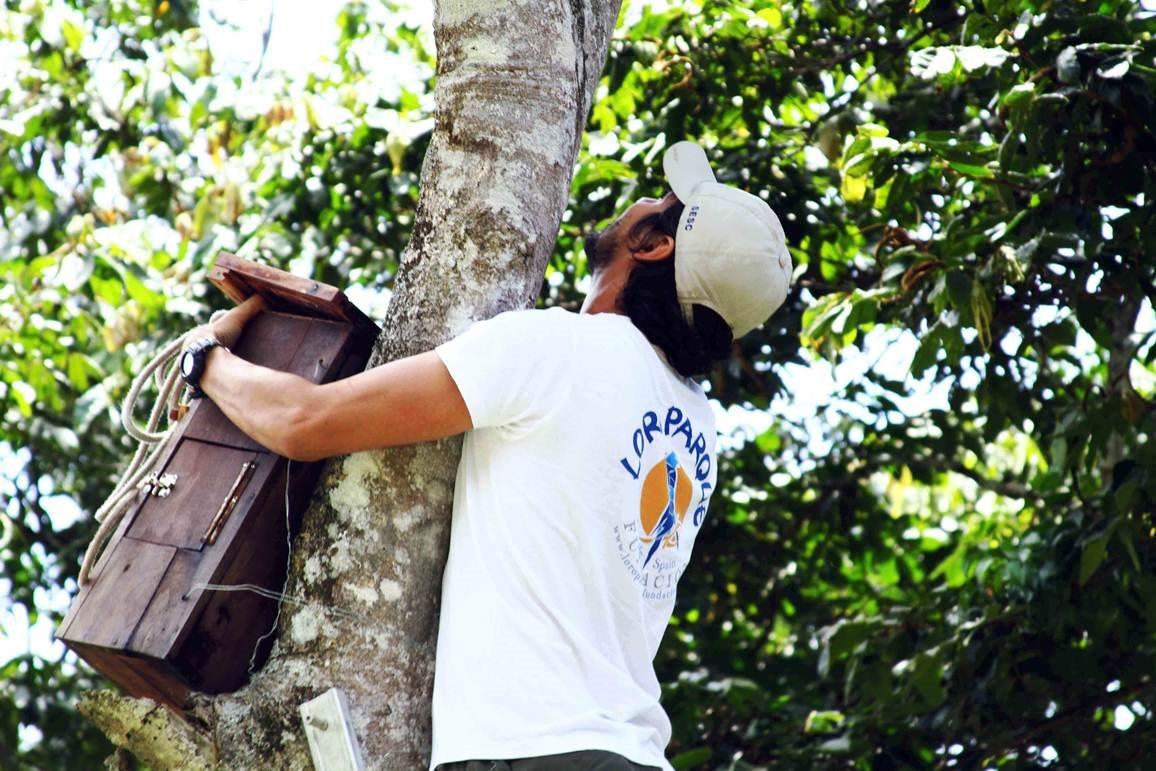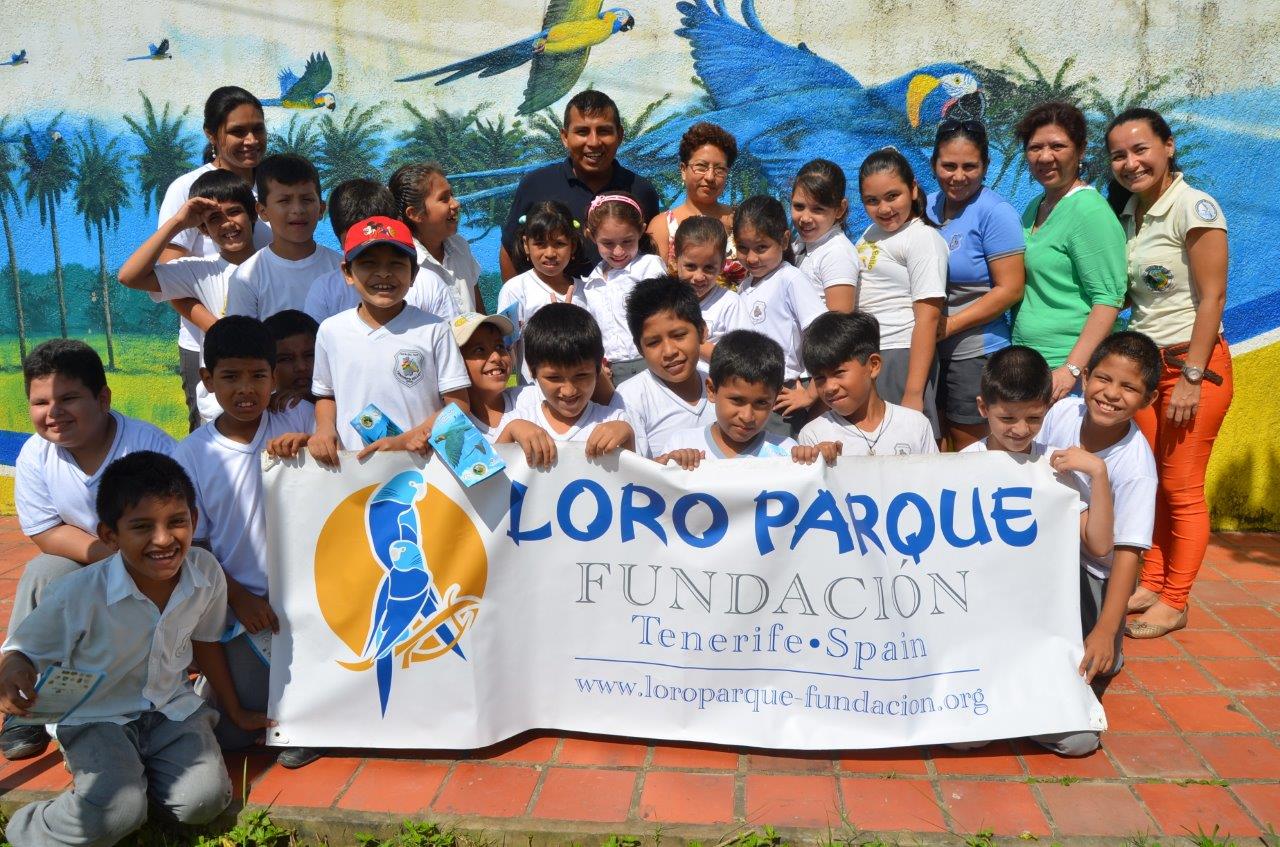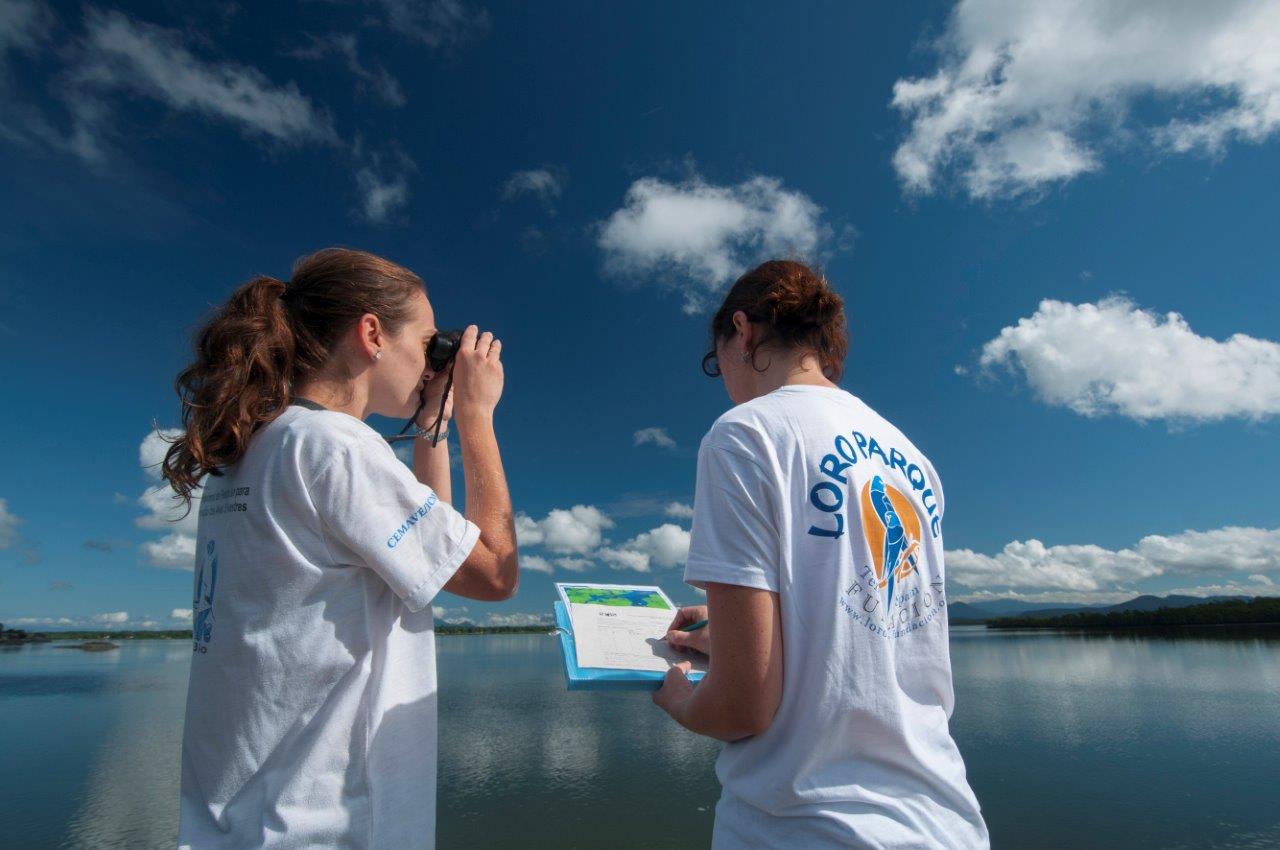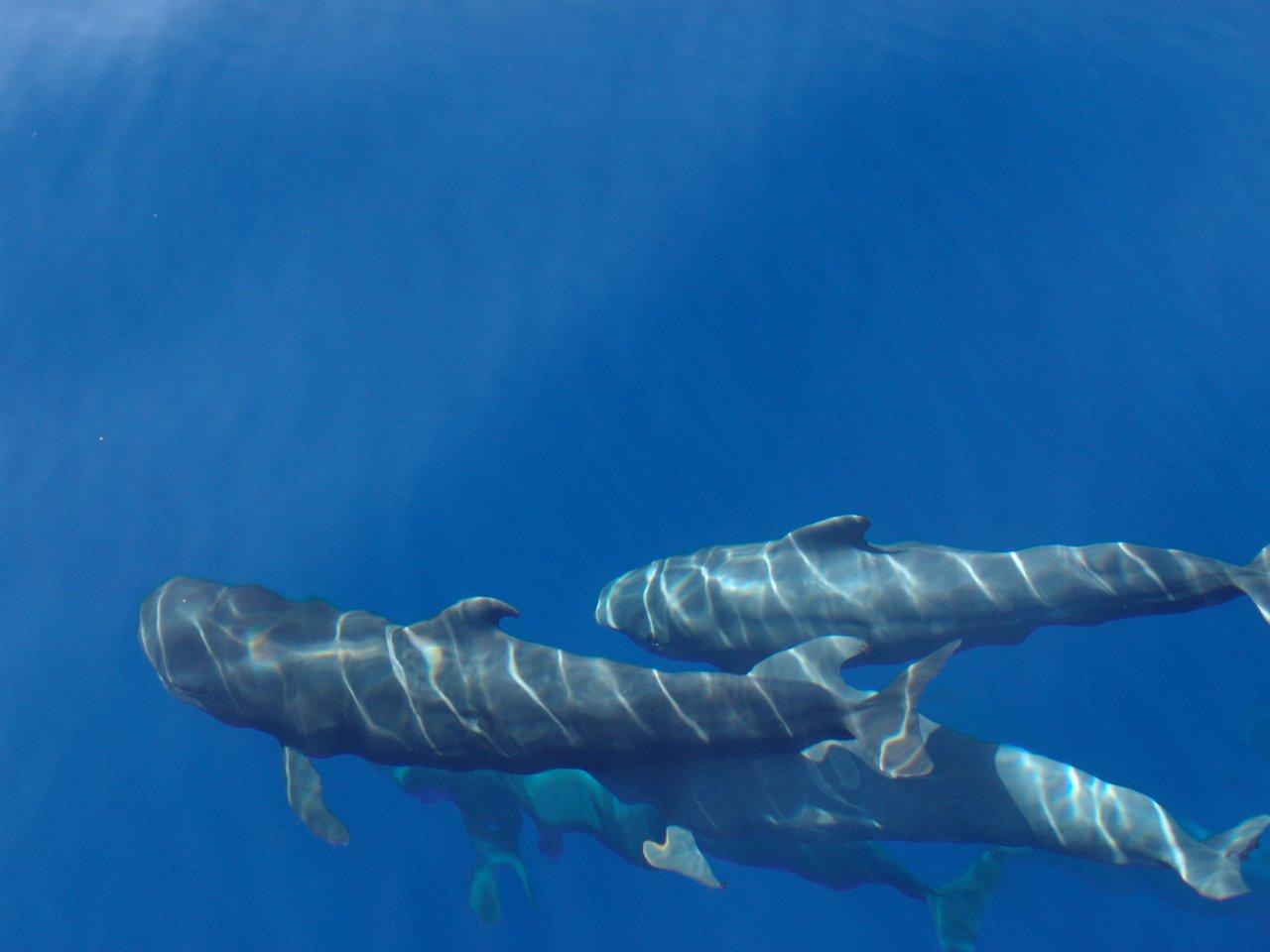At the annual meeting of the Loro Parque Fundación’s Advisory Committee, held recently in Puerto de la Cruz, it was decided to dedicate 1.45 million dollars to 61 nature conservation projects, which will be carried out over the next year on the five continents. With this commitment, the total amount that the Foundation has dedicated to nature conservation will amount to almost 25 million dollars.

The Foundation leads the conservation of parrot species worldwide, with this group being the most successful thanks to the combination of knowledge obtained under human care and in the wild. The Foundation’s breeding centre is currently the largest genetic reserve of parrots in the world and provides invaluable data to the different projects and collaborating scientific entities.
From an ecological point of view, terrestrial species and ecosystems are the ones that will receive most of Loro Parque Fundación’s support, including the protection of the Philippine cockatoo (critically endangered on the IUCN red list), whose project will continue to secure the populations on the island of Rasa and try to extend the reproductive success achieved in that area to other parts of the region. This species has so far received some two million dollars from Loro Parque Fundación to keep it safe from extinction.

Other outstanding projects aimed at protecting terrestrial species and ecosystems include the blue-cheeked macaw in Bolivia, the yellow-eared parrot in Colombia and Ecuador, the black-cheeked lovebird in Africa, the black cockatoo in Australia and the hyacinth macaw in Brazil. Also, thanks to the Foundation’s funding, the protection of one of the best-preserved lion populations in Africa is maintained in the Hwange National Park in Zimbabwe.
On the other hand, the institution also dedicates its efforts to marine species and ecosystems, including the different projects under the name of CanBIO, which began in 2019. 2022 will close the first four years of the programme with a total contribution of 1,000,000 euros from Loro Parque and the same amount from the Government of the
Canary Islands, completing the climate change monitoring network and carrying out campaigns with autonomous vehicles that will monitor underwater noise and the presence of cetaceans throughout Macaronesia. CanBIO’s actions also include the conservation of critically endangered species, such as the angelshark and the butterfly ray.

The rest of the funding for marine projects will be dedicated to the conservation of several species of cetaceans, including the critically endangered Atlantic humpback dolphin in the Saloum Delta (Senegal), the welfare of cetaceans in the Canary Islands, and the killer whale population in the Strait of Gibraltar, with which the Foundation has been collaborating for more than 15 years.
As a novelty, next year Loro Parque Fundación will also finance an international conservation award for the most outstanding people in the protection of the planet’s nature, as well as the making of a documentary film on the need to conserve the Earth’s biodiversity through American Humane.














